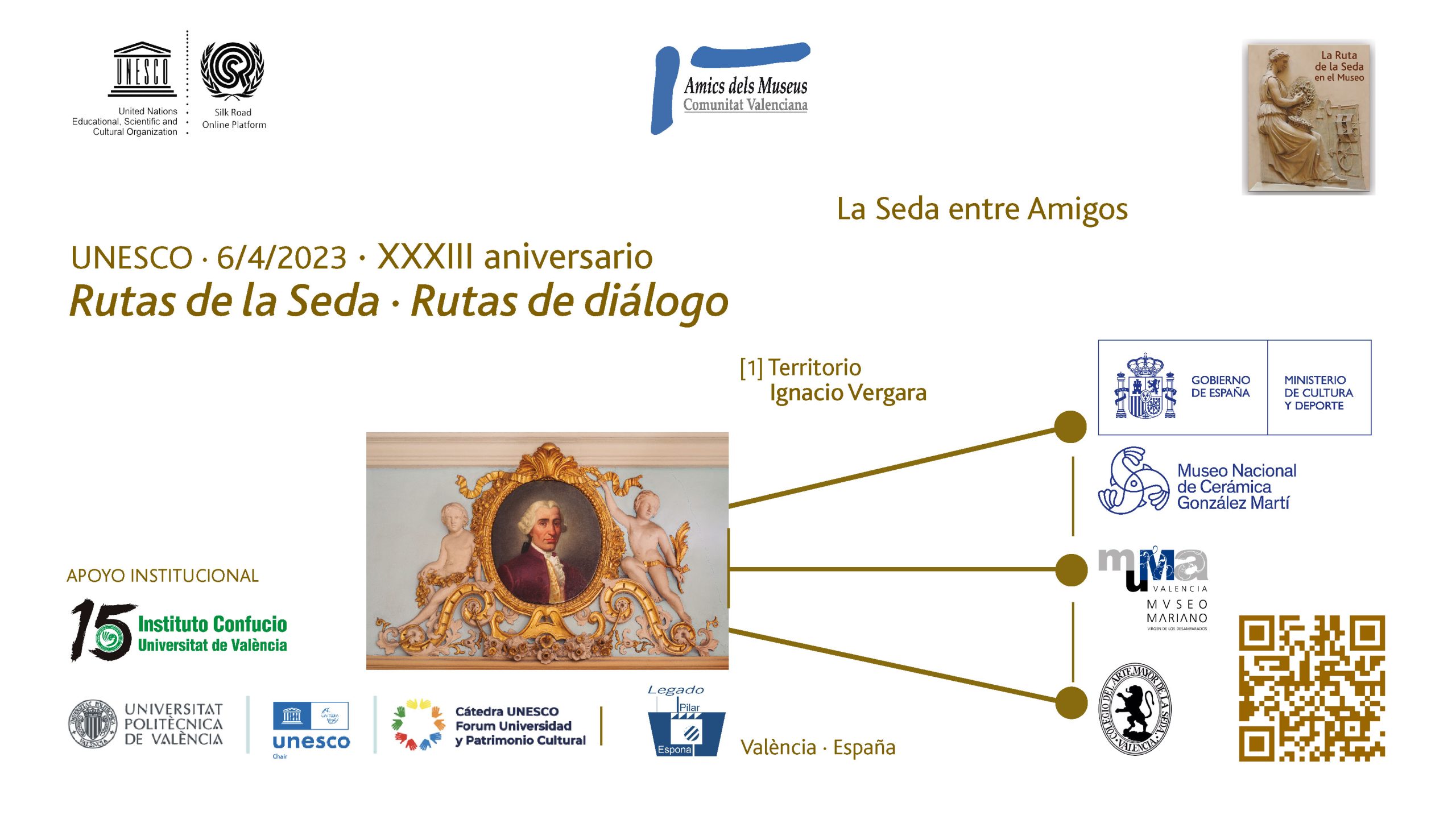
RUTA DE LA SEDA
Desde el año 2015, Valencia forma parte de los programas de la UNESCO y de la Organización Mundial del Turismo para poner en valor la Ruta de la Seda, concepto asignado por un geógrafo alemán en 1877 para identificar itinerarios comerciales de materias como la seda, cerámica o especias desde China hacia Europa.
En el barro valenciano de Velluters, que se traduce como terciopeleros, se concentraban cerca de 5.000 telares para confeccionar seda a finales del siglo XVIII. Hoy en día, todavía se conserva cierto patrimonio relacionado con esa práctica, como el Palacio de Tamarit o calles laberínticas que permiten entender la importancia de esta industria entre los siglos XV y XVIII en Valencia. En este barrio también se encuentra el Colegio del Arte Mayor de la Seda, establecido en 1686.
La Ruta de la Seda de Valencia está compuesta por un recorrido de varias paradas que concentran un gran legado histórico, arquitectónico y artístico.
Fue la expansión del Islam en la Península Ibérica en el siglo VIII. Ello favoreció la construcción, por ejemplo, del edificio gótico civil más relevante de la ciudad, la Lonja de la Seda, hoy punto fundamental en la ruta. Fue declarada Patrimonio Histórico de la Humanidad por la UNESCO en 1996.
El próximo 6 de abril se celebra en Valencia el XXXIII aniversario de las Rutas de la Seda-Rutas del diálogo. Varias instituciones se unen para apoyar esta iniciativa mostrada en la imagen y que acompaña un QR para este aniversario.
__
SILK ROAD
Since 2015, Valencia is part of the programs of UNESCO and the World Tourism Organization to value the Silk Road, a concept assigned by a German geographer in 1877 to identify trade routes of materials such as silk, ceramics or spices from China to Europe.
In the Valencian mud of Velluters, which translates as velvet makers, about 5,000 looms were concentrated to make silk in the late eighteenth century. Today, some heritage related to this practice is still preserved, such as the Tamarit Palace or labyrinthine streets that allow us to understand the importance of this industry between the XV and XVIII centuries in Valencia. This neighborhood is also home to the College of Silk Art, established in 1686.
The Silk Route of Valencia is composed of a route of several stops that concentrate a great historical, architectural and artistic legacy.
It was the expansion of Islam in the Iberian Peninsula in the 8th century. This favored the construction, for example, of the most important civil Gothic building in the city, the Lonja de la Seda, today a fundamental point on the route. It was declared a World Heritage Site by UNESCO in 1996.
On April 6, the XXXIII anniversary of the Silk Roads-Routes of Dialogue will be celebrated in Valencia. Several institutions join to support this initiative shown in the image and accompanying a QR for this anniversary.
__
